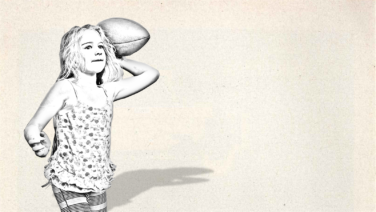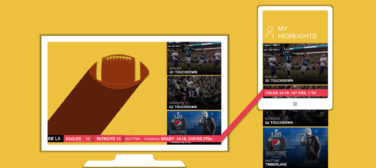Once again, downtown Austin, Texas was overrun by eager, tech-savvy folks attending South by Southwest (SXSW). This year, health and medtech had a noticeably large presence at SXSW Interactive, which is not surprising, since the healthcare industry is one of the largest, fastest-growing and most complex in the world.
As a trained neuroscientist, as well as a healthcare marketer, it was fascinating to see the intersection at SXSW between science and medicine and cutting-edge thinking and innovation—and how these developments will positively affect the patient towards better health outcomes.
From my unique perspective as a medical brand strategist, SXSW revealed a few insights that will impact and shape the future of the healthcare and pharmaceutical world.
Democratized Healthcare Powered by mHealth
Wearables are here to stay and the “Internet of Things” has been accepted. That is not being debated anymore. Instead, the conversation has shifted to what patient-collected health data will mean for individuals, HCPs, payers and the healthcare system overall.
The explosion of mHealth has the potential to empower patients by shifting the power balance and ownership of health data from the doctor to the patient—to drive the democratization of healthcare. And as sensors continue to miniaturize and smartphones are increasingly enabled to integrate with higher-performing apps, the possibilities for self-diagnostic devices and apps is limitless.
Patients can already use their smartphone to measure various aspects of their health from heart rates to glucose levels. Soon, they will be able to test their blood for biomarkers of various health problems anytime, anywhere. Of particular interest are game-like apps that will help manage chronic health conditions through a mix of engagement, education and therapy. My attention as a neuroscientist was drawn to an app to help people manage anxiety and depression by gamifying cognitive behavioral therapy pitched by Litesprite at the SXSW 2015 Accelerator.
The next questions to ask are how these innovations will improve patient care, and to what extent will they control healthcare costs.
Connecting the Dots on Big Data
But the challenge for mHealth remains: Patient-collected data cannot be seamlessly connected with traditional healthcare data, such as EMR data. The focus now is how to connect the dots and design a seamless user experience—all these require significant IT synchronization and back-end system integrations.
And while computers may very well be smart and algorithms powerful, we still have to work with the human brain. Biologically, the human brain has finite limits on how much information it can process and still make sensible decisions, or derive insights.
For instance, data input into EMR is dictated through a rigid format that results in very structured data. Structured data is convenient for the linear thinking of computers, but not for the creative, associative thinking capabilities that enables humans to discover new insights. So in order for humans to fully leverage these technological advances, the challenge will be to develop solutions with a powerful and effective human-centered design and interface.
Beyond User Experience (UX)
Being a neuroscientist, it was fascinating to see strong interest at SXSW in the workings of the human brain and how to leverage that for healthcare, be it to promote healthy habits and patient adherence or increase customer loyalty and brand engagement.
Of note were:
- The session, “Wearables and the Happiness Quotient” where speakers (Forest Young from Interbrand, and Gareth Price from Ready Set Rocket) discuss the increasing ability of wearables to measure and track our happiness and to inform the development of reinforcing brand engagement models using biometric data.
- Experts (such as Leslie Feinzaig from Julep Beauty Inc.,) who discussed the opportunities for brands to leverage digital capabilities and the psychology of “stickiness” to build habits, the next level of customer loyalty; as well as the opportunities for digital therapeutics to hack unhealthy habits by delivering behavioral therapy through connected devices.
The science tells us that each customer or patient perceives and interacts differently with their environments and therefore, no two user experiences are the same. So understanding how the brain works is the first step to truly engage your audience in a meaningful way.
I leave you with three key takeaways on how we can use knowledge about the brain to deepen engagement:
1. The human brain is hardwired for storytelling; people can recall details better when the story contains a rich sensory context since memory is entrenched and associated with sensory input.
2. The human brain is not equipped to handle large amounts of information; however, humans are exceptionally good at making fortunate and unexpected discoveries by accident—serendipitous discoveries.
3. Dopamine and oxytocin are responsible for our happiness and can be triggered by presenting new experiences or narrative engagement.







